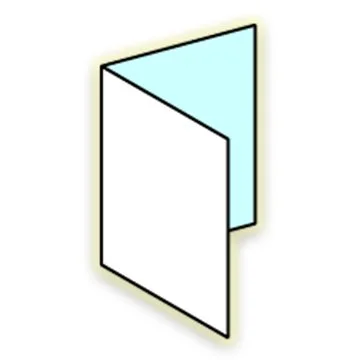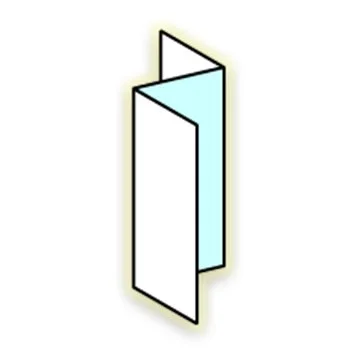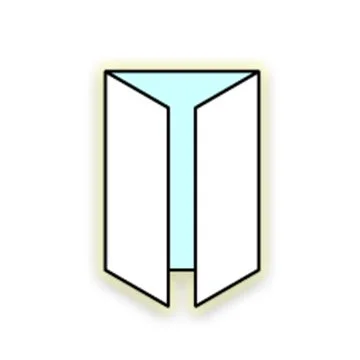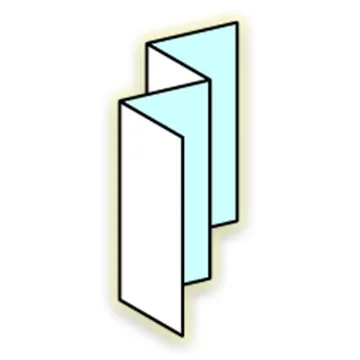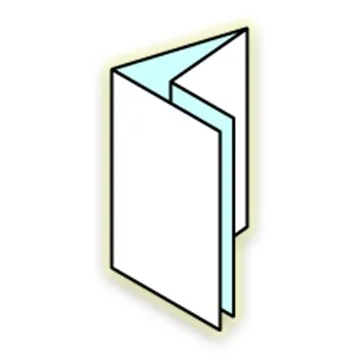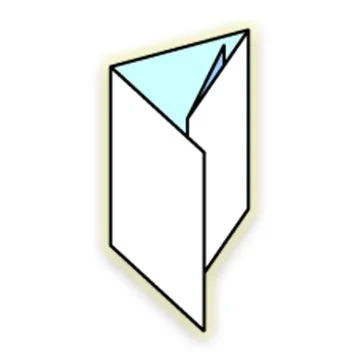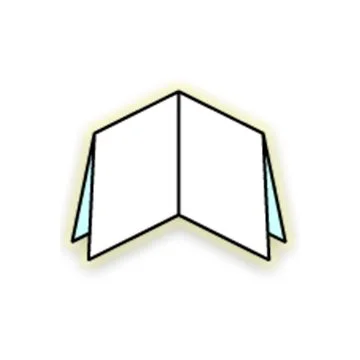Folding with Finesse: Exploring Various Finish Folding Methods
When it comes to creating printed materials that leave a lasting impression, the finishing touches matter. Among these, finish folding methods play a crucial role. Let's dive into the world of finish folding and explore different techniques that can elevate your printed products.
1. Half-Fold
Overview: In a half-fold, the paper or cardstock is folded in half, creating a simple, booklet-style design. This is one of the most basic folding methods.
Use Cases:
Greeting cards.
Brochures with limited content.
Invitations.
2. Tri-Fold (Letter Fold)
Overview: Tri-fold, also known as letter fold, divides the paper into three equal panels. It's a common choice for brochures and informational materials.
Use Cases:
Brochures.
Restaurant menus.
Event programs.
3. Z-Fold
Overview: The Z-fold, as the name suggests, creates a zigzag or "Z" shape when unfolded. It's a versatile option for displaying information sequentially.
Use Cases:
Product catalogs.
Direct mail marketing pieces.
Instruction manuals.
4. Gate Fold
Overview: The gate fold involves folding the paper into two equal panels that open like gates. It creates a dramatic reveal when opened.
Use Cases:
High-impact marketing materials.
Wedding invitations.
Premium product packaging.
5. Accordion Fold
Overview: The accordion fold, also known as a concertina fold, involves multiple parallel folds, creating a folded document that resembles an accordion.
Use Cases:
Maps and travel brochures.
Educational materials.
Promotional flyers with step-by-step information.
6. Double Parallel Fold
Overview: In the double parallel fold, the paper is folded in half and then folded again parallel to the first fold. This creates a compact, multi-panel design.
Use Cases:
Product information sheets.
Fold-out posters.
Event schedules.
7. Roll Fold
Overview: Roll folding involves continuous folding in a spiral pattern. It's commonly used for long and narrow documents.
Use Cases:
Fold-out product guides.
Menus for long lists of items.
Event banners.
8. French Fold/right angle/quarter fold
Overview: The French fold, also known as a right-angle fold, involves folding the paper in half vertically and then horizontally, resulting in a smaller square.
Use Cases:
High-end invitations.
Art prints.
Specialty greeting cards.
Conclusion
The choice of finish folding method can significantly impact the presentation and functionality of your printed materials. Whether you're aiming for a compact design, an impressive reveal, or a sequential display of information, there's a folding method that suits your needs.
Consider the content, purpose, and visual impact you want to achieve when selecting a finish folding method. Don't hesitate to explore creative combinations or custom folds to make your printed materials stand out and engage your audience effectively. Folding with finesse is the key to leaving a memorable impression.
Have a project you’re working on? Contact us today to talk about it.


